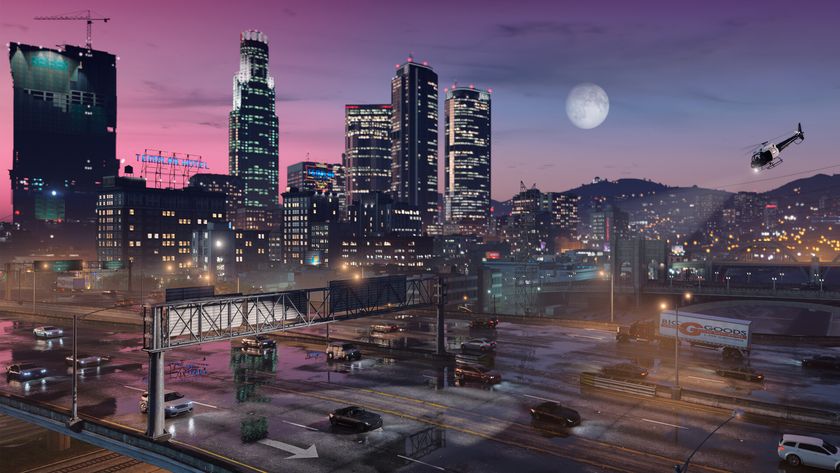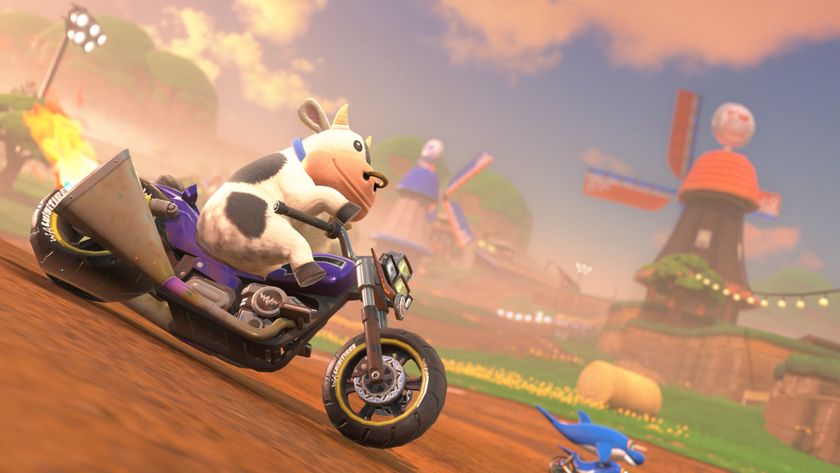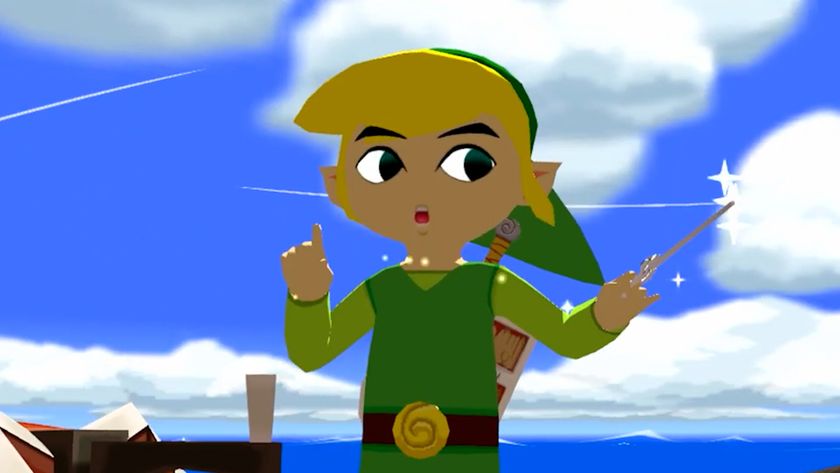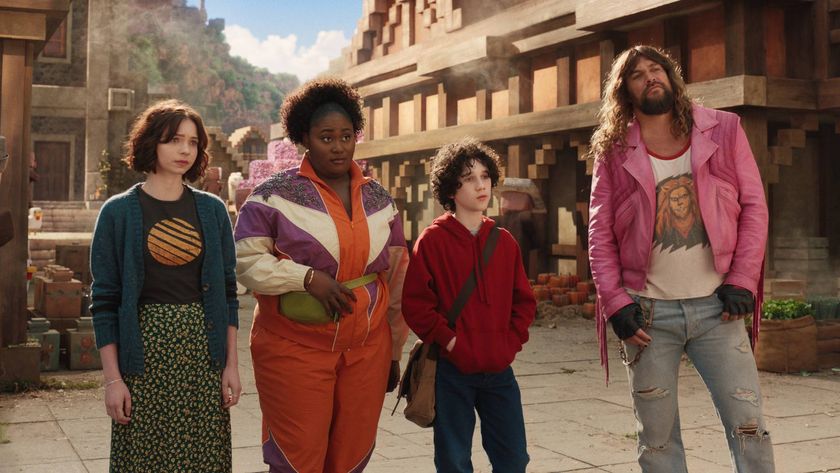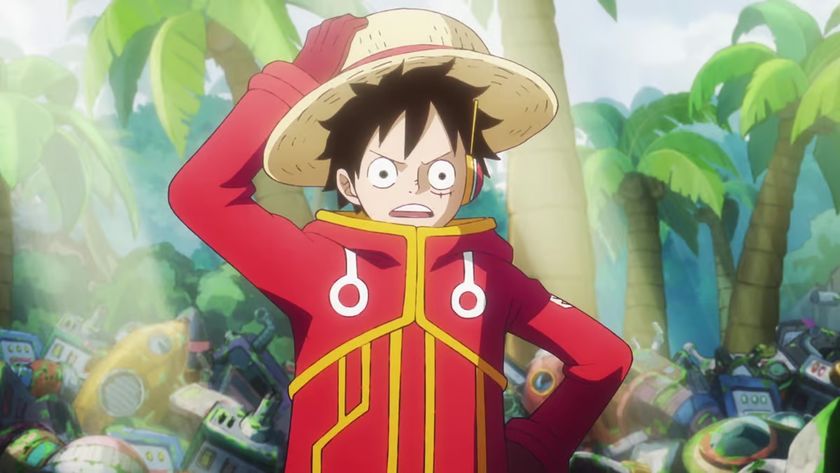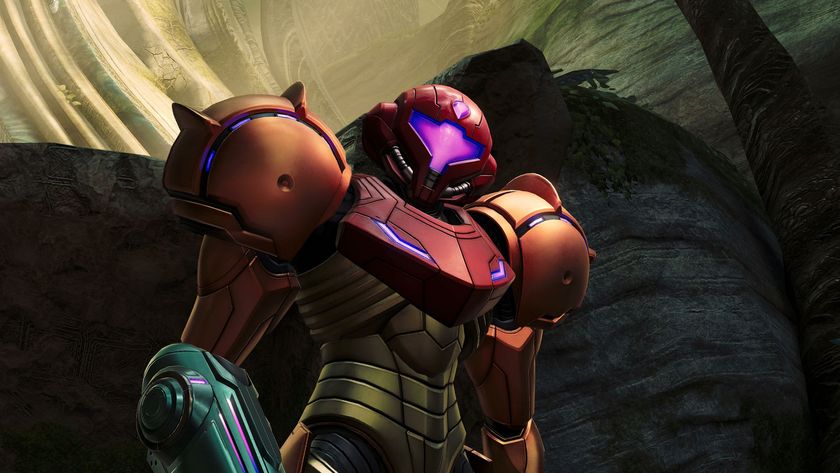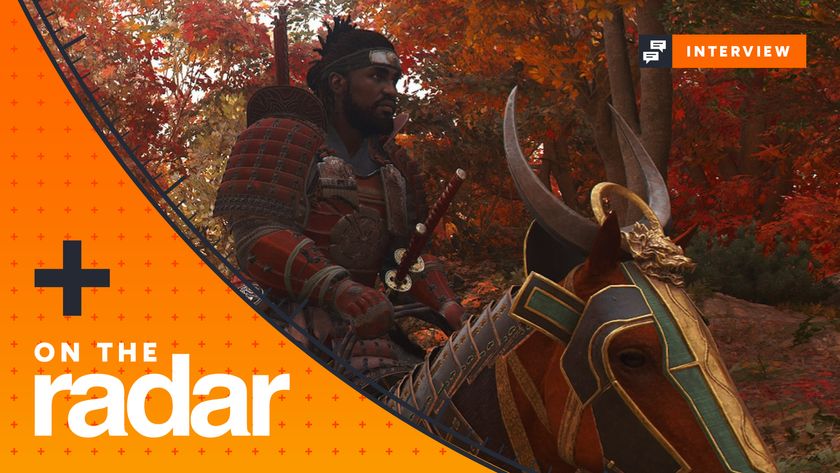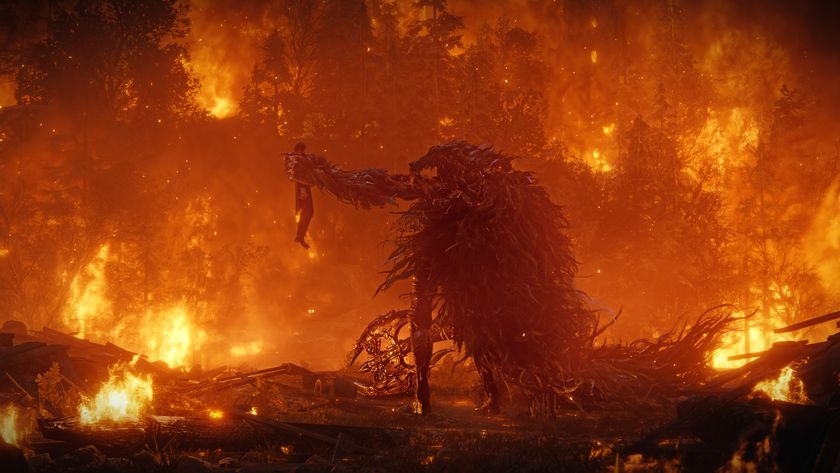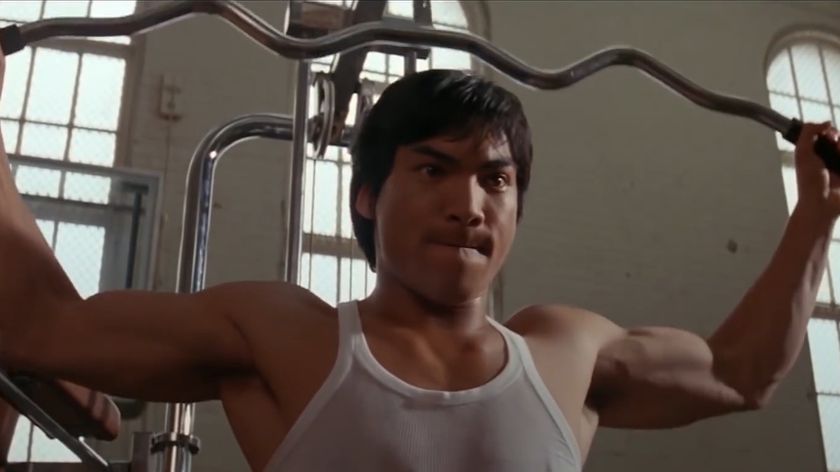How Total War saved strategy games... by killing them
It was the turn of the century, and real-time strategy was dying. Sure, seminal franchises like Command & Conquer were sputtering on but, like an asthmatic in an airless room, they were gasping for air and fading fast. Like World War 2 shooters, fighting games, and space simulations, their heyday had come and gone, and a bone deep fatigue had set in, even amongst the stalwarts. It was a genre that had achieved phenomenal success and enjoyed immense popularity, put studios like Blizzard and EA Tiburon on the map, and largely defined an era of PC gaming.
But it was also a genre that attracted a huge number of imitators and hangers-on. For every Warcraft or Total Annihilation, there were a thousand Lego Rock Raiders or Colobots. By the end of the 20th century, real time strategy was on the brink of collapsing under the weight of its own success.
Enter an ambitious and hungry young studio, a developer that had spent the first 13 years of its existence porting other people’s work and helping EA bring their sports titles to PC. Creative Assembly was a studio rich in talent that had earned significant backing from the heavyweights at EA, and when Michael Simpson (a former microchip designer and the mind behind Swords and Sorcery) took the helm as studio director in 1996, it became a perfect petri dish for a strategy game revolution.
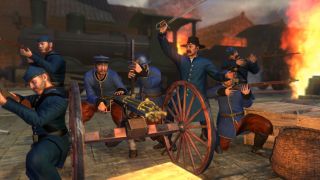
Shogun: Total War appeared in the summer of 2000, not generally the season in which you expect a weighty, complex strategy game to be released. But that was the least of Shogun’s surprises. It took the musty mechanics of building bases, pumping out units, and smashing them together until one side ran out, and evolved them, wrapping them in a glorious shell of historical context and grand turn-based strategy. Suddenly, everything that happened when these big armies clashed had broader ramifications on a map that any board game fanatic could immediately appreciate. Even better, that map was populated by not one or two but a whole slew of other factions, all striving (as was the player) to bring a dynamic Japan to heel.
Total War wasn’t the first franchise to present a grand, board game-esque take on historical strategy and conflict. But it was the first series to combine the intense, visceral feel of real time combat with a meta-layer of strategy and politicking. Even today, no franchise can match Total War for the rush of satisfaction derived from watching a unit of heavy cavalry stampeding into the rear of some unaware, unsuspecting swordsmen, momentum shattering their line, their lifeless bodies flung into the huddled, terrified mass of their compatriots.
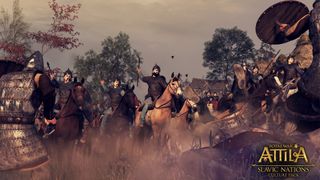
And that’s just it. Total War didn’t revitalize real-time strategy just by warping and blending it into this real-time/turn-based hybrid. It also opened doors that most gamers had never peeked behind, managing to make the chaotic and complex world of battlefield tactics simultaneously fun and accessible. It distilled the madness of armies clashing into an intuitive core that gamers used to micro-ing their troll axe-throwers could understand and enjoy without needing to consult the works of Sun Tzu or William Siborne. While they may seem intimidating on the surface, the Total War games are in fact some of the most accessible war games ever created, and they don’t sacrifice depth to achieve that accessibility.
Importantly, Creative Assembly didn’t throw out the elements that had made real-time strategy games so appealing for so long, nor did it create a carbon copy of the games that had come before. It recognized that there was a reason games like Command and Conquer had been such a resounding success, but also that the audience for those games was craving something deeper; was maturing while the genre they loved was not.
Sign up to the 12DOVE Newsletter
Weekly digests, tales from the communities you love, and more
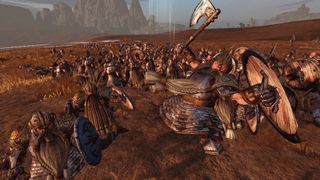
That same insight guided Creative Assembly as it continued to iterate on and evolve its breakout franchise. The studio continued to fold new elements, often borrowed from other genres, into what was already a (surprisingly elegant) Frankenstein’s monster of some of the best elements of previous games. It expanded on the construction progression of other real time strategies, eventually developing building trees that allowed players to tailor and customize their settlements to suit a variety of scenarios and play-styles. CA also lifted pieces from role-playing games to make heroes and leaders feel unique and powerful, and to add another aspirational level to the conquest and empire-building. The series has continually improved diplomacy, explored naval combat, and implemented systems as diverse as the papal college and the Roman senate.
It has also managed to stay fresh by hand-picking characters and settings with unique character, from the wild expansion and violent contraction of the Roman empire to the ravenous ambition of Napoleon’s France and Attila’s hordes. Total War’s latest entry reaches even further, to the grim fantasy world of Warhammer, the Old World, a dark mirror of medieval Europe where the barbarians and marauders have been replaced by savage Orcs and the mutated demons of Chaos.
So did Creative Assembly save real-time strategy, or did it just pick its bones clean and build something new from the scraps? The reality is a bit of both. The team saved a dying genre by smothering it, recycling it, and then building a legacy on the hybrid masterpiece that resulted. It may seem counter-intuitive, but sometimes the process of saving something begins with killing it, and the phoenix that climbed out of this particular ash-pile has been well worth all the slashing and burning.
Alan Bradley was once a Hardware Writer for GamesRadar and PC Gamer, specialising in PC hardware. But, Alan is now a freelance journalist. He has bylines at Rolling Stone, Gamasutra, Variety, and more.
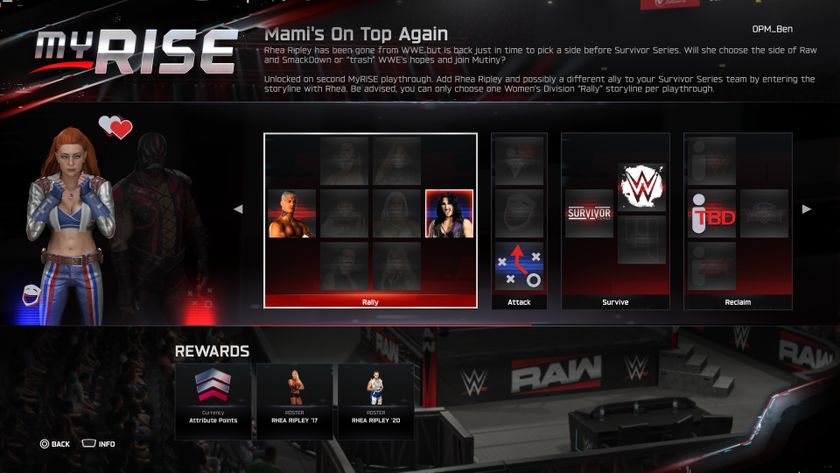
WWE 2K25 MyRise walkthrough and chapter rewards guide
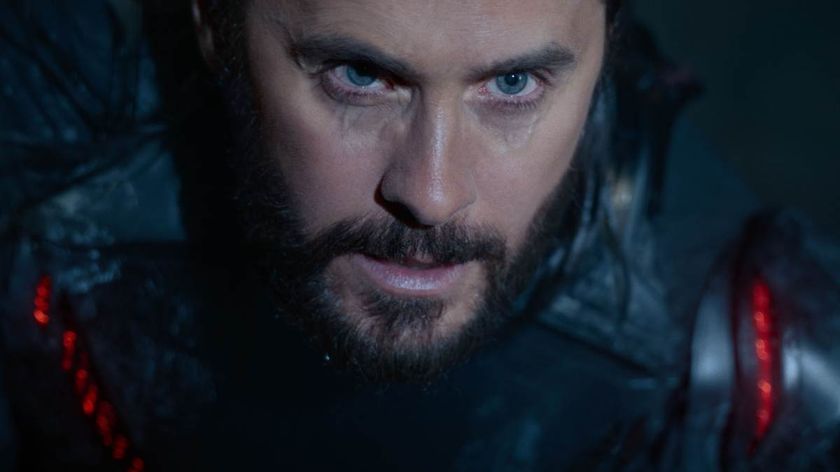
Tron: Ares fires up a brand new trailer and brings light cycles into the real world
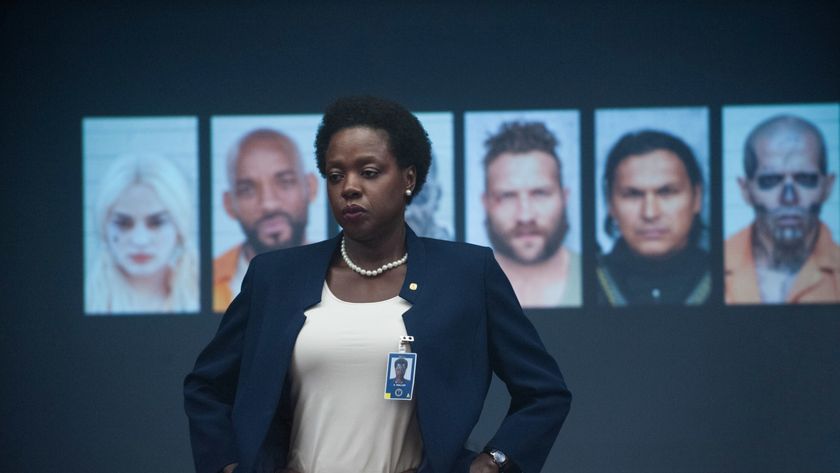
Doctor Who showrunner Russell T Davies is manifesting DC star Viola Davis being the next iteration of the villainous Master, calling her "one of the greatest actors in the world"

